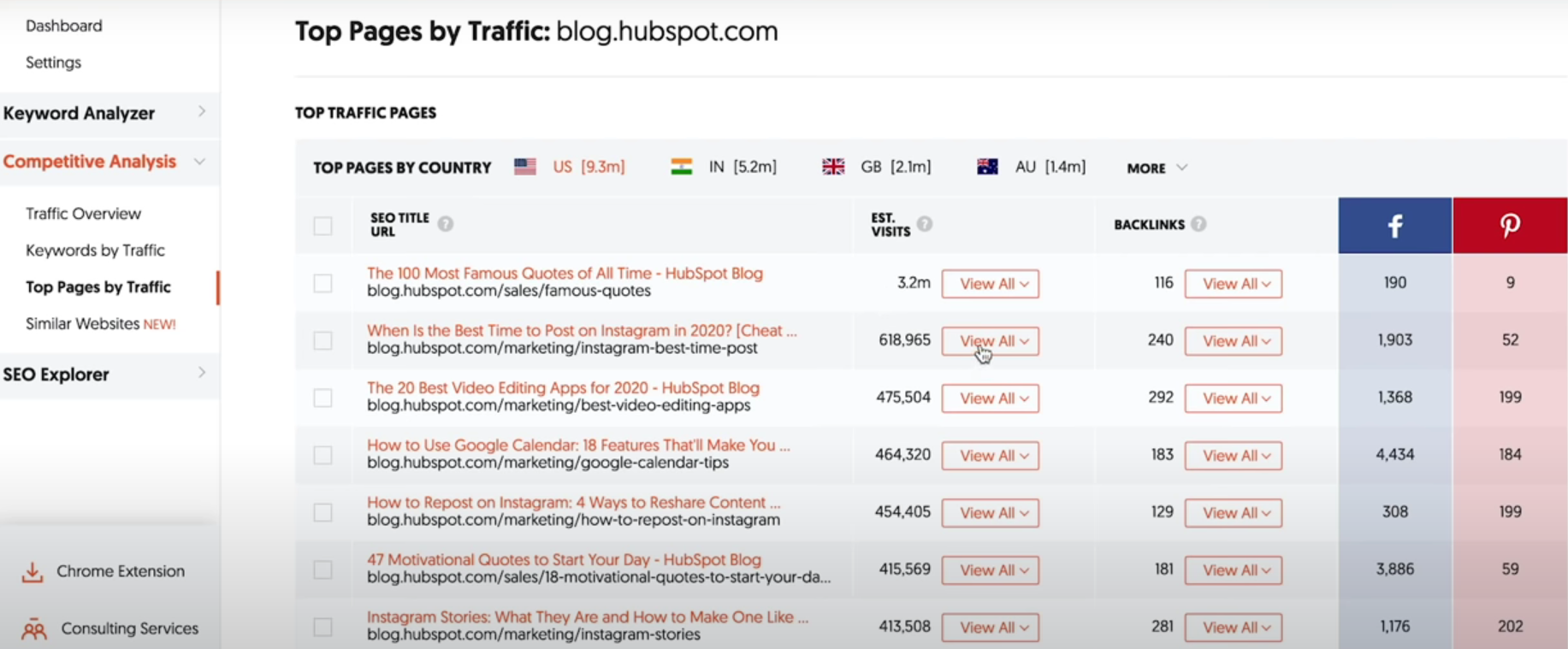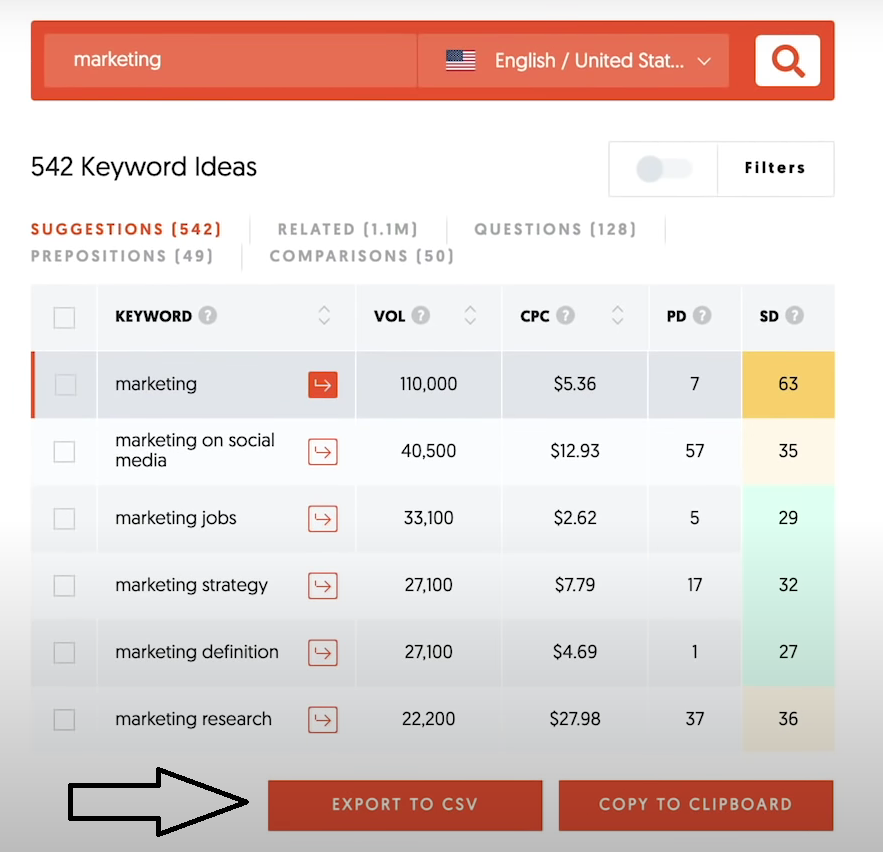If you run a blog post, chances are, you have been asking this question for the longest time! I don’t blame you. I’ve been in your position before, and I’m taking many chances in adding keywords throughout the entire content.
But I won’t goof around anymore and show you what I’ve learned from the one and only Mr. Neil Patel regarding the number of keywords you and I should add in a blog.
How Many Keywords Should You Place in a Blog Post
Technically, if you’re going to be very specific, most SEO Specialists might advise you to add at least 2 long-tail keywords throughout the entire content.
But the truth is, Google’s algorithm always changes. Yes, it is possible to add two keywords (or probably more) within the content as long as they are relevant to the topic.
What I’m trying to say is, add as many keywords as you can only if they are relevant to the post. You can focus on a single topic, yet you can have a hundred or a thousand related keywords in it. And there’s nothing wrong with that.
Two, five, twenty, hundreds, or thousands of keywords are fine. They don’t necessarily need to have the same words and phrases. They could be a variation or semantic words related to the topic.
Furthermore, you don’t need to intentionally add the variations of the keywords manually. Google is smart, it can act like a Thesaurus that can figure out what you are trying to say, and if people search for the same idea, they’ll drive traffic to your website.
How would you know if this is effective? Let’s check out one example.
Follow These Steps with Me
Think of a popular blog website that you can hopefully compete with in the future. Then, observe the amount of organic traffic they received, and check how many keywords do ‘this’ website use in a single content.
So I was thinking of HubSpot. Most content creators and writers know them, wouldn’t you agree? Now using HubSpot as an example, search their most popular content pages.
It will be helpful if you use an SEO tool or software to help you accomplish this. If you haven’t used any premium accounts yet, you can use UberSuggest to do so.

Type the web address of HubSpot, click on top pages by traffic section under ‘Competitive Analysis’ on the left side.
From here, you can see the most viewed content pages of HubSpot. In this photo, the most searched results are the following. If you want to see how many keywords they stuffed on each content, you can click on the “view all” button

The results show us different keywords that are all semantic or relevant to each other. Some words were just variations, but it adds up.
So does putting several various yet relevant keywords useful? A perfect example is Hubspot, with a vast number of organic traffic, and so does their content.
After giving this example, you might wonder, ‘how can I choose the best keywords that I should add in my blog post.’ Here’s how you can do so.
How Can You Get Started
Using the same SEO tool you use, type any keyword you want to use for your blog post. For instance, let’s use the word “marketing.” I know for sure we can all relate to using the same word before.
A full report of results is then shown. But below the keyword results, click the button “View All Keywords Ideas.” Dive into the total result of keyword ideas or what most people are typing in.

What’s right about this is they can show other variations of your keywords that you can make use of. Go through the list, add anything relevant to your keywords and topics, and include them within your article.
Some results might show more than a hundred keywords. You can press the “Export to CSV” and choose among the lists of keywords that you want to use for the blog. It doesn’t matter if the thing becomes repetitive as long as it sounds natural.

Overall, the main point is, there’s no specific number of keywords to use. You can add more than 2 long- and short-tail variations keywords as long as they are relevant to your blog post, and the flow of tone goes naturally.
This method is proven effective by several famous blog pages on the web. They always add what they think will help the readers better understand their blog posts, even if it takes more than 2 keywords to stuff in. It’s no wonder Google likes to drive traffic on their website. They are helpful for everyone.
If you want to be in the same position, ‘popular web blog that helps readers’ get what they want or what they searched for, don’t hesitate to use relevant keywords.



